Minnie Riley
Wailwan
Warren-based artist, Minnie Riley is a part of an innovative group of artists known as the Ngemba-Wailwan Artists. An original group of around five artists began working in Warren, following a project called ‘Connecting Marks and Country’, which was initiated to re-connect to the traditional markings found in the landscape in the area.
“Peter Brown had a studio in town. One day Mary Stubbs Kennedy came and asked me if I would like to do some painting – I more or less went for a bit of time to myself, but once I started I never stopped”.
Mary (Stubbs Kennedy) is a Warren local, who had grown up in the community and knew the Aboriginal people in the town, largely as schoolmates. With her knowledge and enthusiasm, she got the group together to come and participate in the project and work with local artist, Peter Brown. Peter had pioneered a way to describe the iconic petroglyphs (tree carvings), and ground carvings that were historically recorded in the area. Using a thick layer of paint as ‘soil’ and the rubber ceramic tools as a ‘carving tool’, the marks are re-created on canvas producing striking, beautiful and locally relevant images. This was the kicking off point for Minnie’s art.
“It all started with Mary tormenting us to keep going. She brought all the energy and enthusiasm and we just went along for the ride. It was the social connection and the cultural connection that kept us there”.
The artists were well supported by local and state arts organisations and the group produced a lot of material. While the traditional marks were what started the group’s connection, each of the artists soon developed their own style, departing from the meaning of the marks, but retaining and emphasising the inherent beauty of the designs.
“We started off doing the symbols but there was a lot of sensitivity around it, so we just ended up making our own marks and designs. I never really understood the meaning of these things, but I always felt connected”.
Minnie’s careful eye for pattern and her innate sense of colour have resulted in an entirely new and contemporary art form, steeped in traditional culture, but forging a new way for the local region to understand and engage with art.

